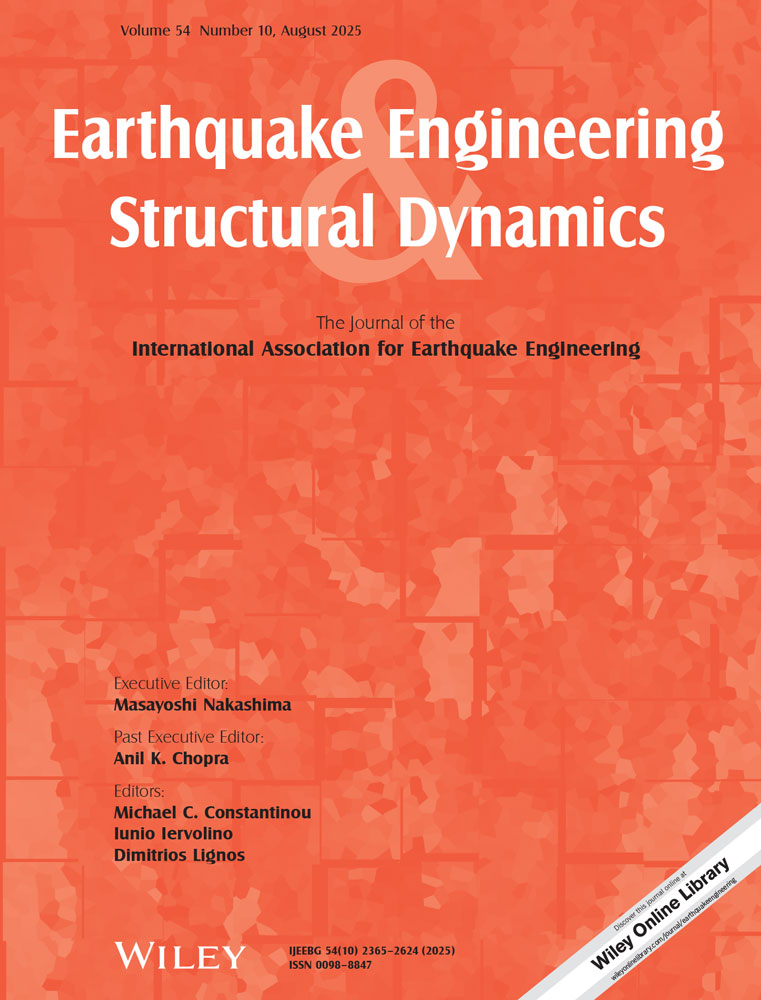Protection of seismic structures using semi-active friction TMD
Dean.
Distinguished Professor.
Abstract
Although the design and applications of linear tuned mass damper (TMD) systems are well developed, nonlinear TMD systems are still in the developing stage. Energy dissipation via friction mechanisms is an effective means for mitigating the vibration of seismic structures. A friction-type TMD, i.e. a nonlinear TMD, has the advantages of energy dissipation via a friction mechanism without requiring additional damping devices. However, a passive-friction TMD (PF-TMD) has such disadvantages as a fixed and pre-determined slip load and may lose its tuning and energy dissipation abilities when it is in the stick state. A novel semi-active-friction TMD (SAF-TMD) is used to overcome these disadvantages. The proposed SAF-TMD has the following features. (1) The frictional force of the SAF-TMD can be regulated in accordance with system responses. (2) The frictional force can be amplified via a braking mechanism. (3) A large TMD stroke can be utilized to enhance control performance. A non-sticking friction control law, which can keep the SAF-TMD activated throughout an earthquake with an arbitrary intensity, was applied. The performance of the PF-TMD and SAF-TMD systems in protecting seismic structures was investigated numerically. The results demonstrate that the SAF-TMD performs better than the PF-TMD and can prevent a residual stroke that may occur in a PF-TMD system. Copyright © 2009 John Wiley & Sons, Ltd.




